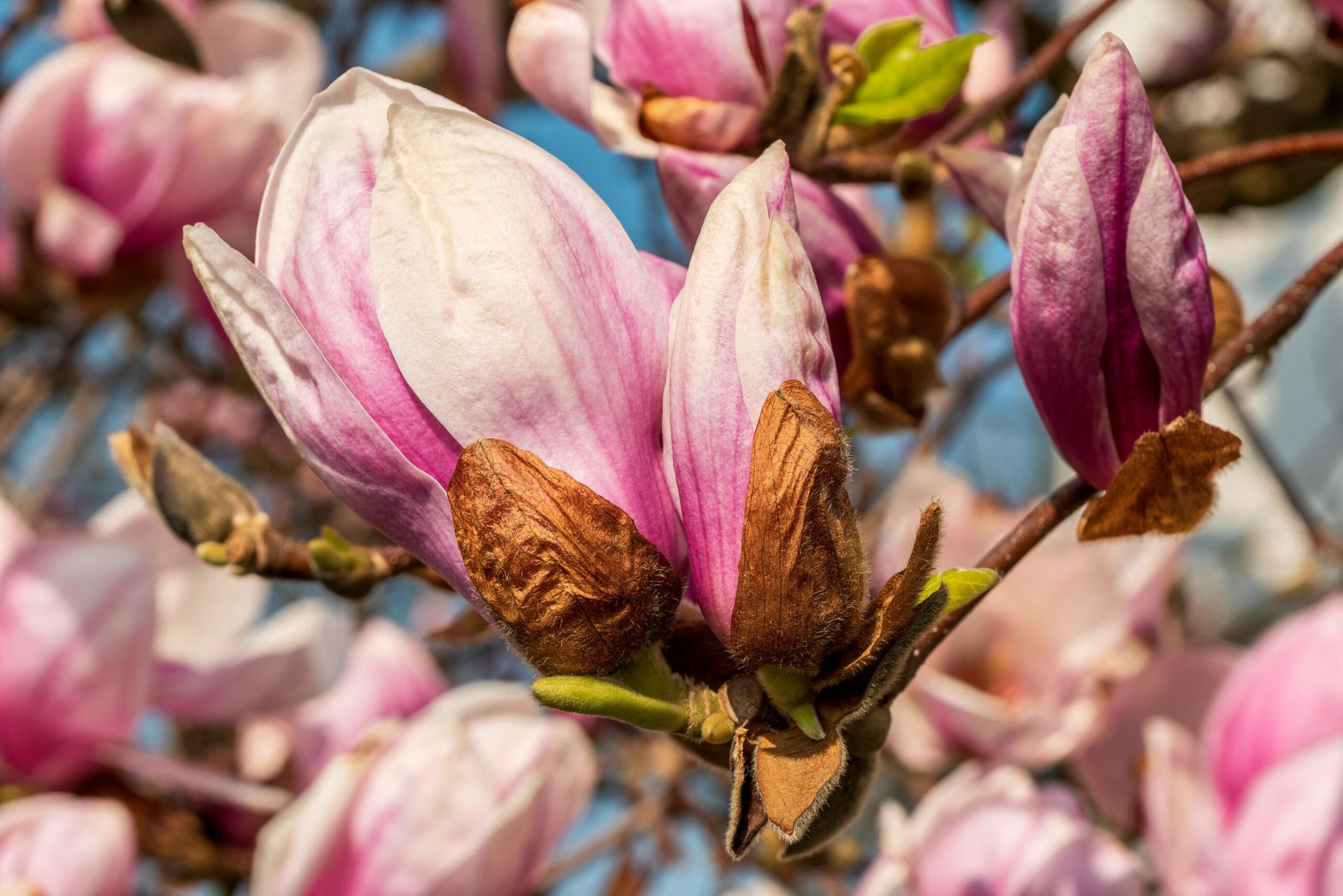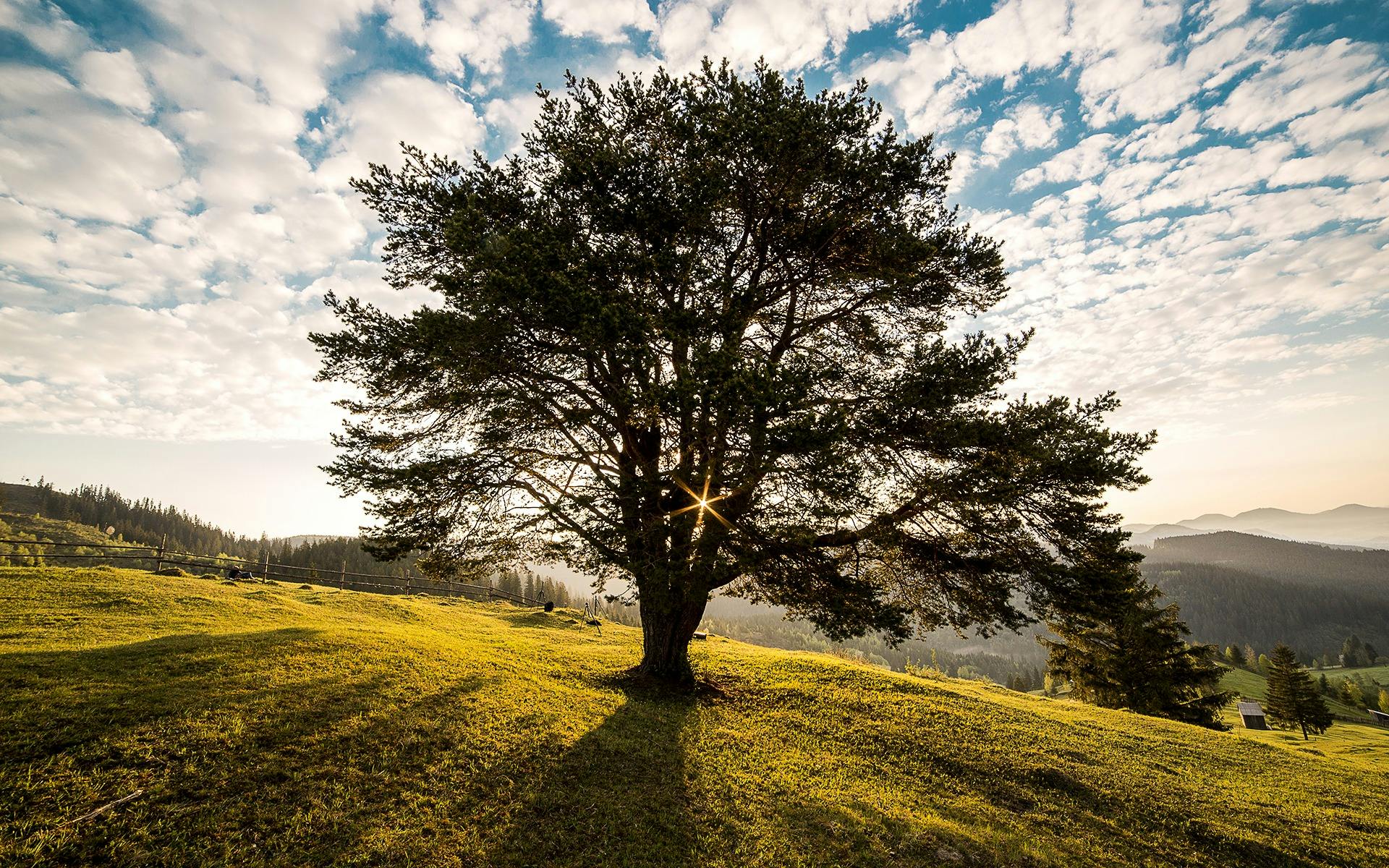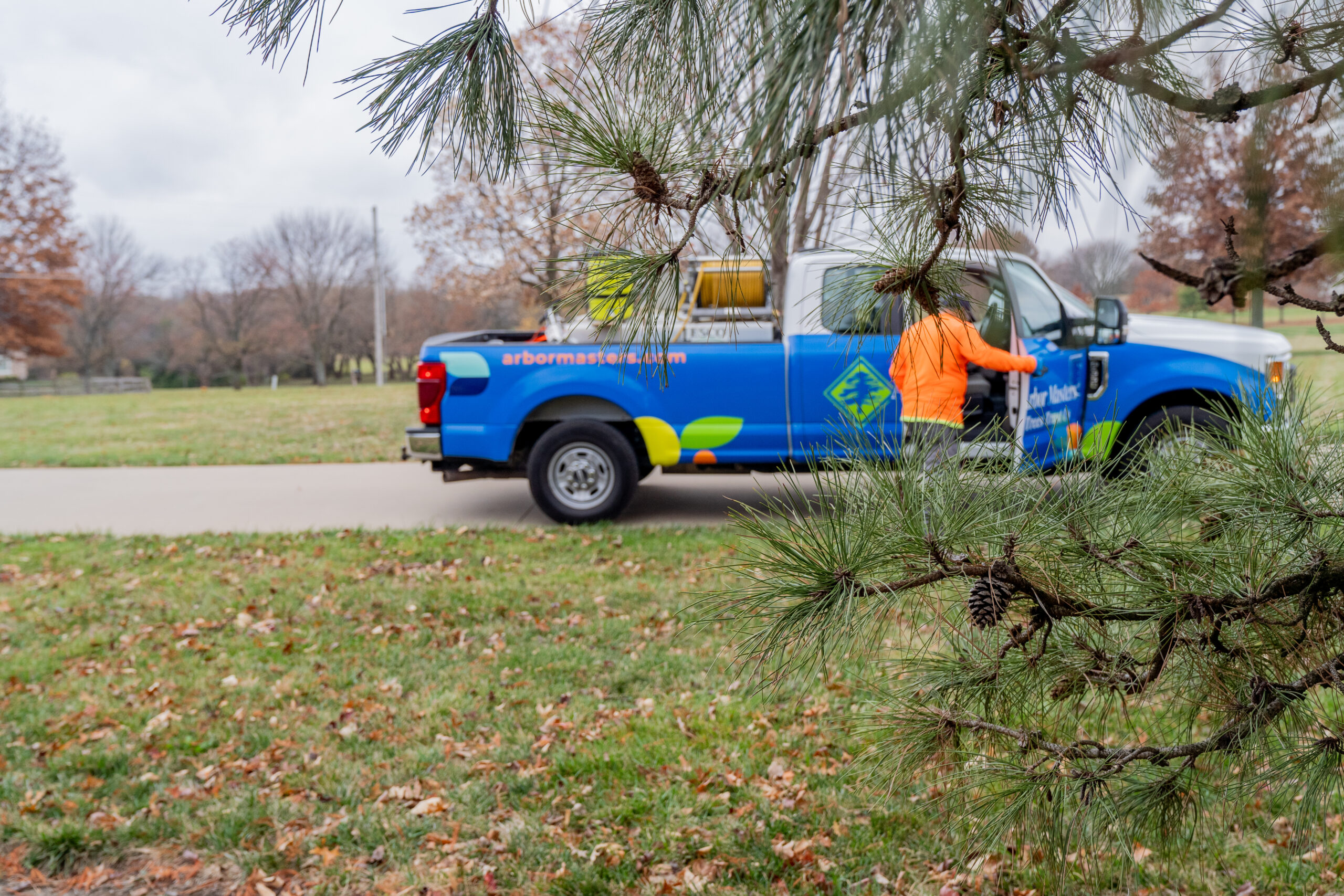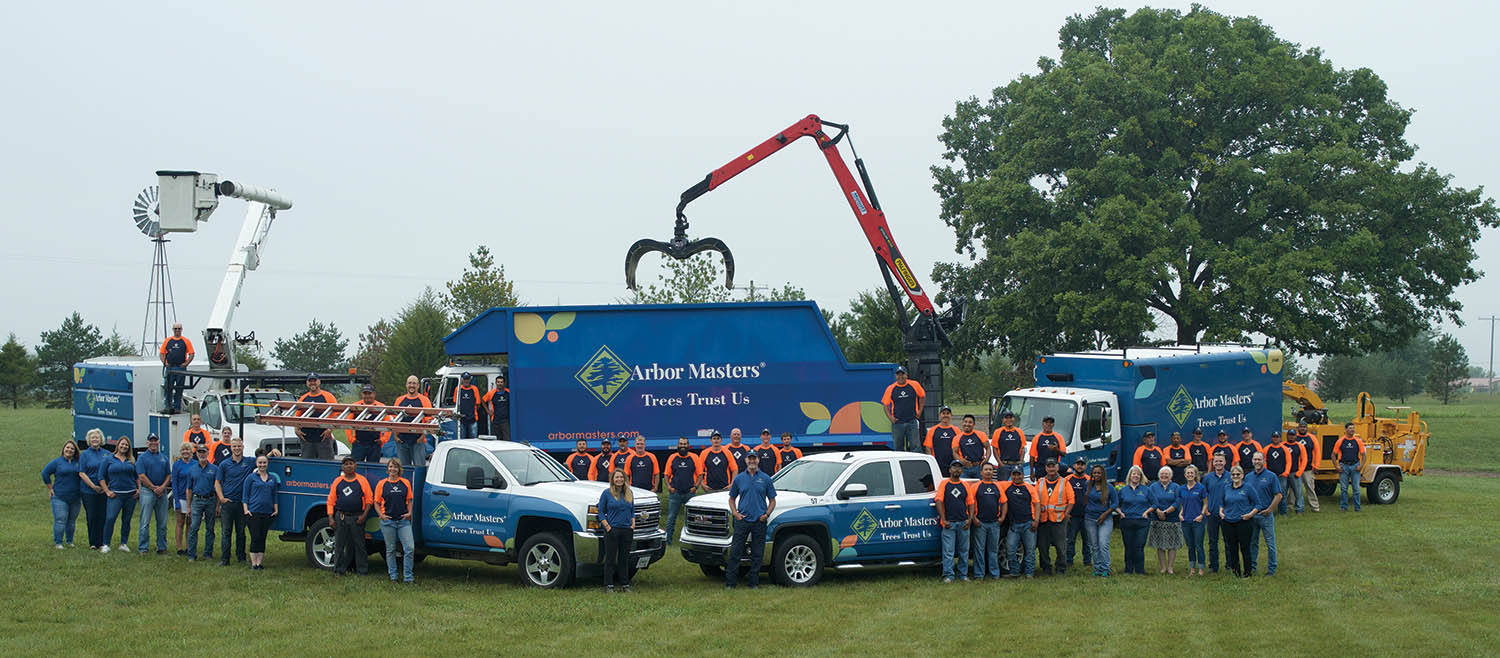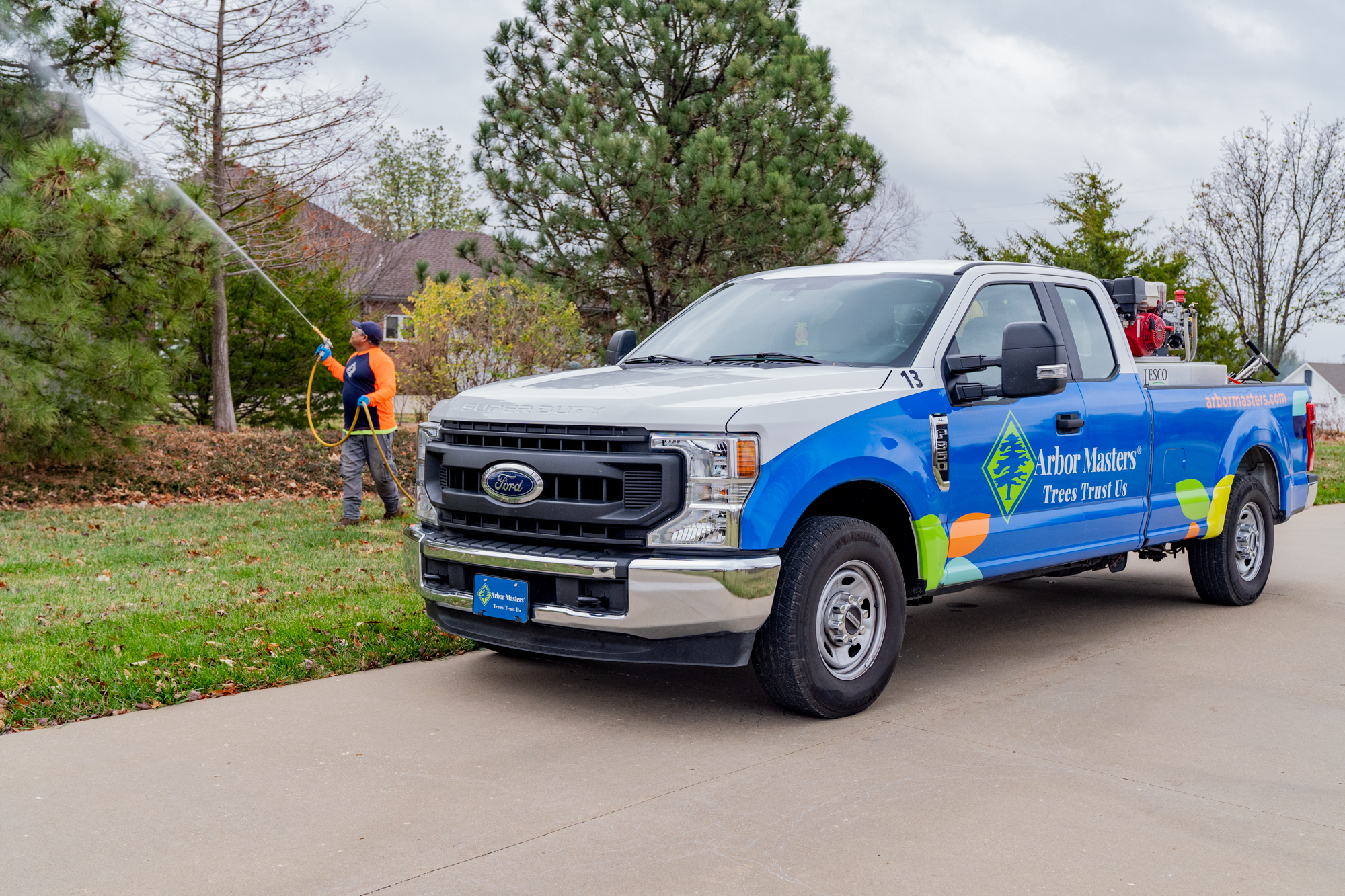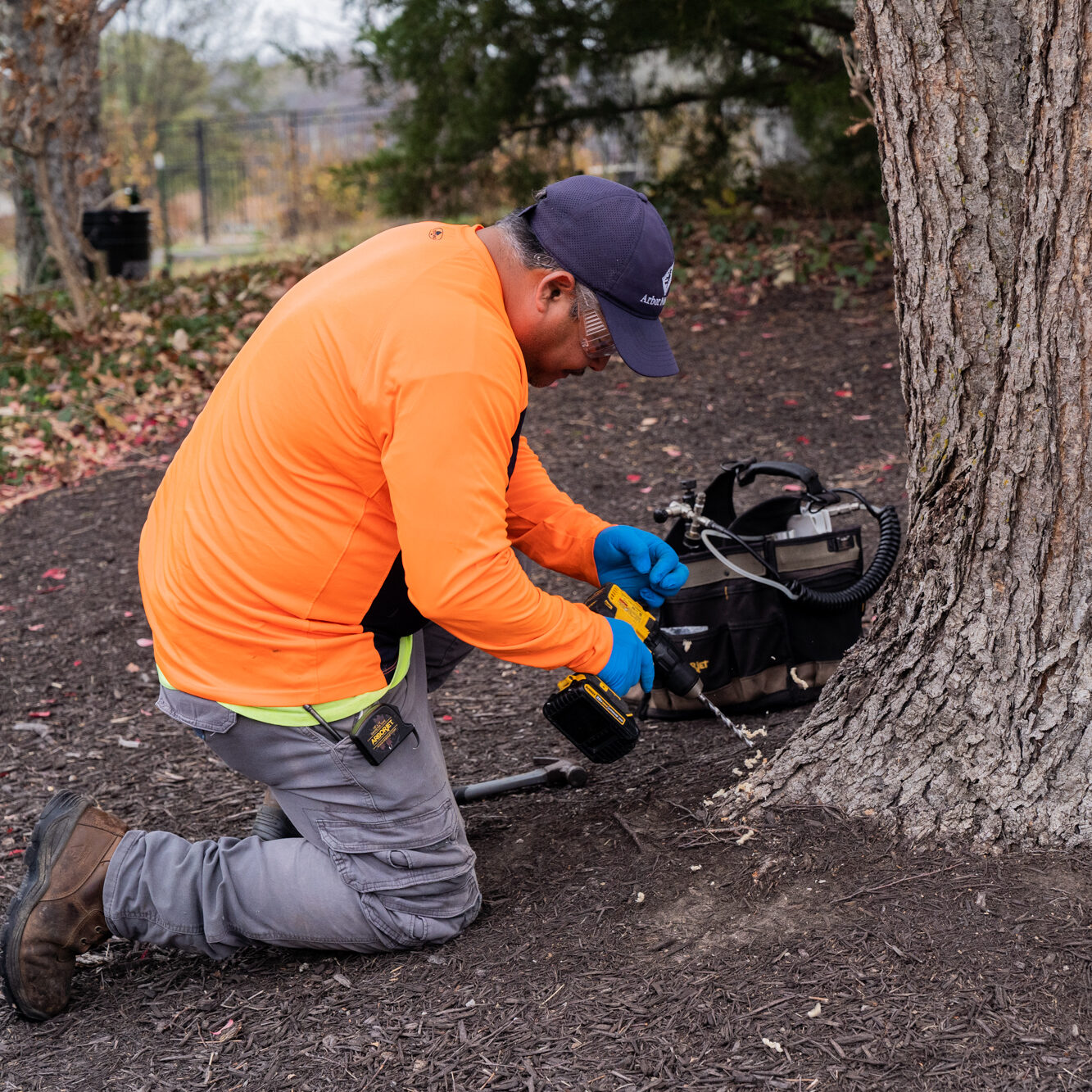Magnolia Tree Basics
What Does a Magnolia Tree Look Like?
Magnolia trees are known for their large, glossy, dark green leaves with creamy white flowers that bloom in the spring. The wood from Magnolia trees is commonly used to make crates, boxed and lightweight furniture. Magnolia flowers measure between five and twelve inches in diameter with six petals radiating out from around a center of yellow-green stamens. The trees produce dense, yet airy, foliage, creating a lush canopy perfect for providing shade in a garden.
Magnolia trees come in many varieties, ranging from small shrubs to full-sized trees. Some have been known to grow to heights of 80 feet or more and spread out just as wide, making them an ideal statement piece for any landscape.
In addition to bringing beauty to your yard, these trees have many other benefits. The leaves are highly resilient and resistant to pests, helping to deter them from the rest of your landscape. The flowers are also highly fragrant, making them a favorite among gardeners and homeowners alike. With appropriate water and nutrients, these trees will thrive in almost any United States climate.
Where Do Magnolia Trees Grow?
Magnolia trees can be found growing in many parts of the world, from Asia to North America. In the United States, magnolias are typically found in Southern states with humid climates such as Dallas, Texas, southern Louisiana and Florida. Despite their preference for warm climates, these trees can also be grown in cooler regions, if given special care and attention such as across the Midwest region of Iowa, Illinois, Missouri and Kansas, according to Kansas State University. With proper fertilization and pruning, a magnolia tree can thrive in almost any part of the country.
When Do Magnolia Trees Bloom?
Magnolia trees typically bloom in spring and early summer. Depending on where you live, the exact blooming period may vary slightly. In most cases, the flowers will appear between mid-April and late May. The blooms last for several weeks before fading away until the next year. During this time, your magnolia tree will be the star of your garden, bringing beauty and splendor to your landscape.
5 Most Popular Types of Magnolia Trees in the United States
- The Southern Magnolia (Magnolia grandiflora): One of the most iconic magnolias, the Southern Magnolia is known for its large, white flowers and glossy green leaves. It can reach heights up to 80 feet and is native to the southeastern United States. These trees thrive in the climates of north Texas and central Oklahoma.
- The Saucer Magnolia (Magnolia x Solangeana): This popular hybrid magnolia has cup-shaped flowers that come in shades of white, pink, or purple. It can reach heights up to 20 feet and grows best in cooler climates like the Pacific Northwest.
- The Star Magnolia (Magnolia stellata): This small magnolia tree is native to the northern areas of Japan and is known for its star-shaped flowers. The Star Magnolia can reach heights up to 15 feet and blooms in early spring. In the U.S. the Star Magnolia is commonly found in Midwestern states such as Iowa and Missouri.
- The Evergreen Magnolia (Magnolia grandiflora ‘veitchii’): The Evergreen Magnolia keeps its leaves throughout the winter. It has large white flowers that bloom in late spring and can reach heights of up to 50 feet.
Tree 101: Magnolia Basics
Magnolia Tree Growth and Speed
Magnolias grow quickly, reaching heights of 20 feet or more in just a few years. However, they can also be slow-growing if not given proper care and attention. Different varieties of magnolia trees growth more quickly or slowly to their max heights. The Southern Magnolia, for example, is known for its large stature and can reach heights up to 80 feet in the right conditions. On the other hand, smaller varieties like the Star Magnolia are typically much more petite and can reach heights of around 15 feet.
How Long Do Magnolia Trees Live?
Magnolia trees can live for up to 100 years. With proper care and maintenance, these beautiful trees can thrive for generations. They are also surprisingly resilient and can tolerate harsh climates as well as occasional droughts or floods.
How Much Should You Water a Magnolia Tree?
Magnolia trees should be watered deeply but infrequently to ensure their roots can absorb the moisture without becoming waterlogged. During periods of drought, you may need to increase watering frequency to keep them healthy and hydrated. Generally speaking, it is best to give your magnolia tree 1-2 inches of water per week during the growing season.
When Should You Prune Magnolias?
It is best to prune magnolias in the early spring or late winter—after the final frost. This makes it easier to remove dead wood. Pruning can be harmful to trees if not done properly or during the wrong season. Contact a certified arborist today if you think your trees need to be pruned.
Magnolia Tree Care
 Do Magnolia Trees Need a lot of Maintenance?
Do Magnolia Trees Need a lot of Maintenance?
Magnolia trees don’t require a lot of maintenance; the trees should be watered regularly and fertilized in the spring and fall to ensure healthy growth. In addition, it is important to prune them back every few years to maintain their shape and encourage new growth. To get the most out of your Magnolia tree, we recommend regular care and maintenance by trained arborist professionals. At Arbor Masters, we specialize in providing comprehensive plant health care, servicing your trees all year round to keep them as healthy and happy as possible.
Magnolia Tree Preferred Soil and Sun
Magnolia trees prefer moist, well-drained, loamy soils that are slightly acidic or neutral. They thrive in the USDA Zones 7-9 according to Oklahoma State University’s department of agriculture. should be watered deeply but infrequently to prevent root rot and other diseases from taking hold. Additionally, they should be fertilized in the spring and fall with a balanced fertilizer to promote healthy growth.
They grow best in full sun with at least 6 hours of direct sunlight a day to ensure healthy growth. Additionally, they should be watered deeply but infrequently to ensure their roots can absorb the moisture without becoming waterlogged. Taking care of plants and trees can be challenging. That’s why we offer year-round plant health care services to keep your trees healthy and beautiful all year long.
Magnolia Pests
Magnolia trees are more resistant to pests and diseases than many other tree species. Even though they are so strong, it is important to regularly inspect them for signs of damage or disease. If your Magnolia tree is in danger, a certified arborist will evaluate your tree and treat it properly.
Your Future Tree
Whether you’re looking for a low-maintenance addition to your garden or an ornamental specimen for your landscaping, the Magnolia is sure to bring beauty and tranquility to any space. With its stunning blooms, lush foliage and pest-resistance, this incredible tree is an ideal choice for gardeners of all skill levels.
With proper care and maintenance, these trees can thrive in almost any climate. Get a quote today to see how Arbor Masters can help you keep your Magnolia tree in tip-top shape.

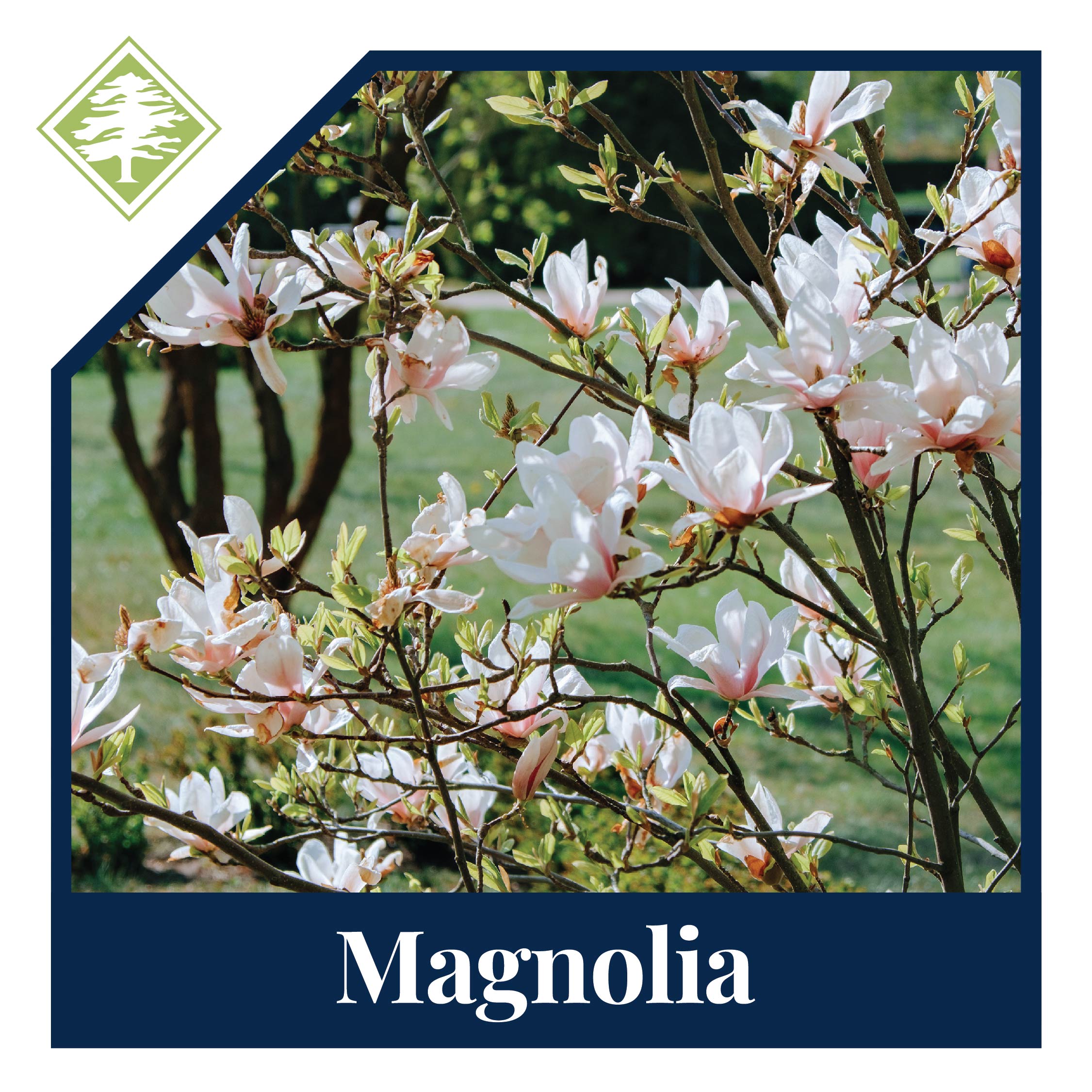

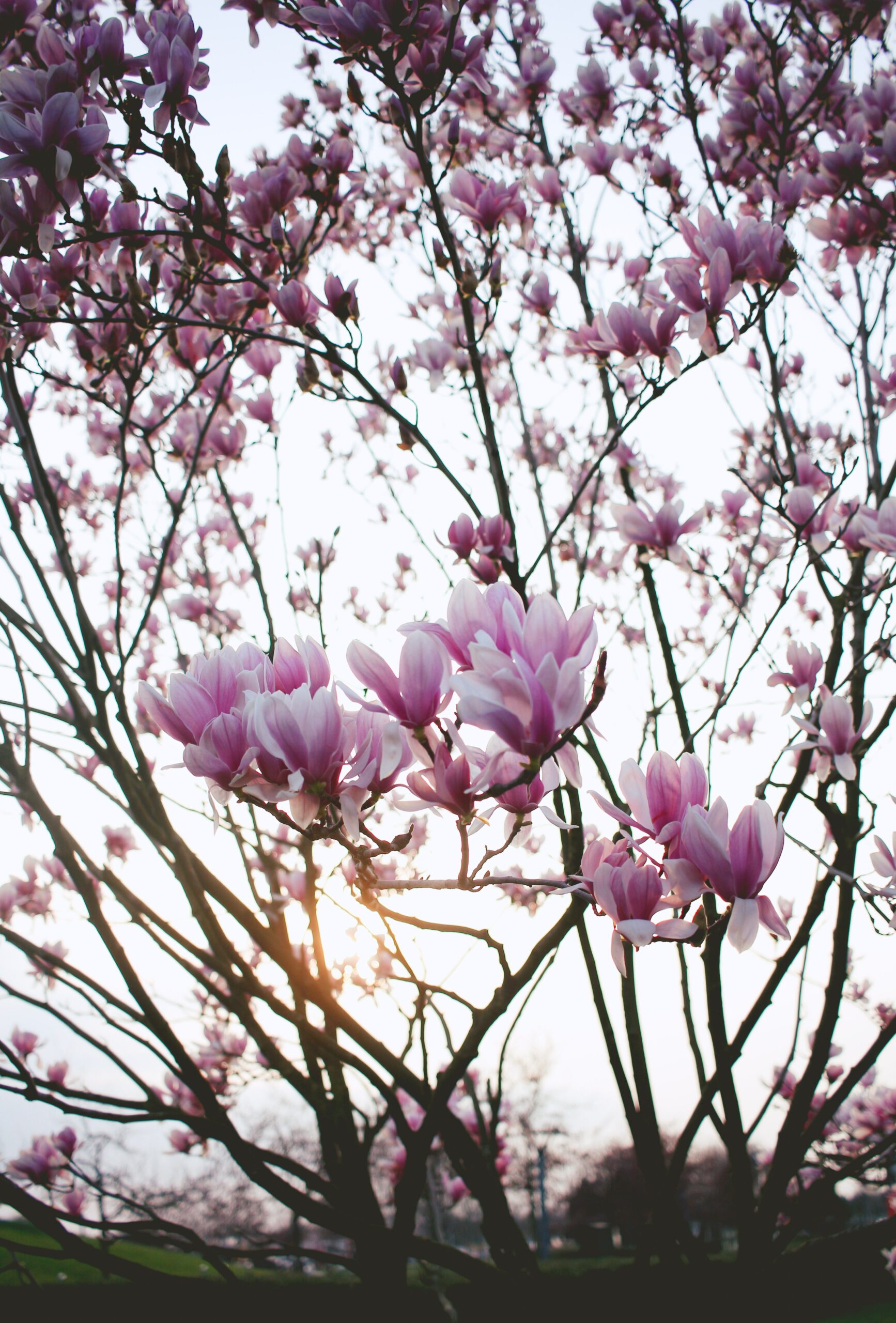 Do Magnolia Trees Need a lot of Maintenance?
Do Magnolia Trees Need a lot of Maintenance?